Top 10 Common Inflammatory Foods That May Raise Homocysteine & Heat Up Inflammation
Top 10 Everyday Foods That Can Raise Homocysteine or Stoke Inflammation
Homocysteine is a naturally occurring amino-acid byproduct that your body recycles with help from
folate, B12, B6, choline, and betaine. When diet and lifestyle fall out of balance,
homocysteine can rise and inflammation can heat up—impacting heart, brain, vessel, and bone health over time.
Below are 10 common culprits many people eat every day, plus smarter swaps to support a calmer
internal environment.
Quick reminder: Individual responses vary. If your homocysteine runs high, talk with your clinician
about testing and a food plan that fits your needs. Aim for nutrient-dense, Mediterranean-style eating with plenty
of non-starchy vegetables, quality proteins, and healthy fats.
about testing and a food plan that fits your needs. Aim for nutrient-dense, Mediterranean-style eating with plenty
of non-starchy vegetables, quality proteins, and healthy fats.
The Top 10 (with simple swaps)
| # | Food (examples) | Why it can be a problem | Simple swap / tip |
|---|---|---|---|
| 1 | Red meat (incl. lamb), processed meats Beef, lamb, bacon, sausage, deli meats |
Higher methionine can push homocysteine upward if B-vitamin status is low; processed varieties add preservatives and inflammatory fats. | Prioritize smaller portions, choose unprocessed cuts, and balance plates with folate-rich greens (spinach, arugula, asparagus). |
| 2 | Added sugars & refined carbs Sodas, candy, pastries, white bread |
Spike blood sugar and drive inflammatory pathways; crowd out nutrients needed to recycle homocysteine. | Swap to whole-food carbs (berries, non-starchy veggies) and higher-fiber choices. |
| 3 | Excess coffee / energy drinks | High intakes have been associated with higher homocysteine in some studies; caffeine can also raise BP temporarily. | Keep to ~≤ 2 cups daily (8 oz cups). Consider half-caf if you’re sensitive. |
| 4 | Alcohol (excess) | Impairs folate metabolism and may elevate homocysteine; increases systemic inflammation when overused. | Build in alcohol-free days. Hydrate and emphasize nutrient-dense meals. |
| 5 | Ultra-processed snack foods Chips, crackers, packaged sweets |
Refined starches, added sugars, and low micronutrient density don’t support homocysteine recycling. | Choose whole-food snacks: nuts, seeds, olives, veggies with hummus. |
| 6 | Refined seed/veg oils high in ω-6 Corn, soybean, cottonseed oils |
Can tilt the ω-6:ω-3 ratio toward pro-inflammatory signaling when over-consumed. | Cook with extra-virgin olive oil; include ω-3 sources (salmon, sardines, walnuts). |
| 7 | High-fat dairy (for some) Certain cheeses, full-fat ice creams |
May raise inflammatory markers in susceptible individuals; displaces folate-rich vegetables if overused. | Use as a condiment, not a main course; emphasize greens and lean proteins. |
| 8 | Nightshades (if sensitive) Tomatoes, potatoes, eggplant, peppers, paprika |
Alkaloids can aggravate symptoms in a subset of people (e.g., joint discomfort), though many tolerate them well. | Trial a brief elimination if you suspect sensitivity; otherwise enjoy cooked nightshades with EVOO. |
| 9 | Bakery pastries & breakfast cereals | Refined flours/sugars, low fiber, and additives can drive glycemic and inflammatory stress. | Opt for protein-forward breakfasts and fiber-rich options. |
| 10 | Sugary beverages Sweet teas, flavored coffees, sports drinks |
High glycemic load with minimal nutrients required for homocysteine metabolism. | Choose water, sparkling water, or unsweetened teas. Add lemon or mint for flavor. |
Build a Plate That Supports Healthy Homocysteine
- Folate-rich veggies: spinach, romaine, asparagus, Brussels sprouts, avocado.
- B12 sources: salmon, sardines, eggs, beef in modest portions; consider testing if you avoid animal foods.
- B6 sources: poultry, chickpeas, potatoes, bananas.
- Choline & betaine: eggs, salmon, shrimp; beets, quinoa, spinach (betaine).
- Healthy fats: extra-virgin olive oil, olives, nuts, seeds; emphasize an overall Mediterranean pattern.
Helpful Resources
Recipes and education from Dr. Colbert’s team can help you put this into practice:
- Fiber Zone (learn more)
- MCT Oil Powder (learn more)
- Instant Ketones (learn more)
- Collagen Powder (learn more)
Watch Dr. Colbert latest episode on How to Lower Your Homocycsteine Levels Naturally
3 COMMENTS
Comments are closed.


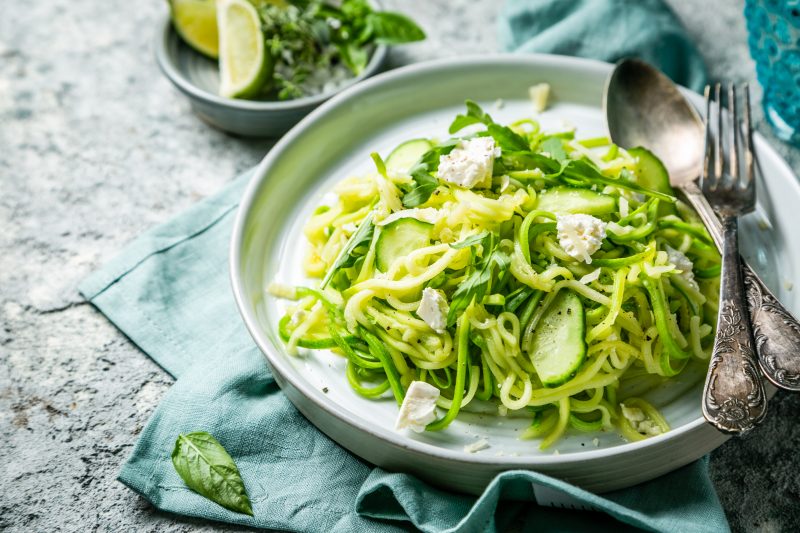
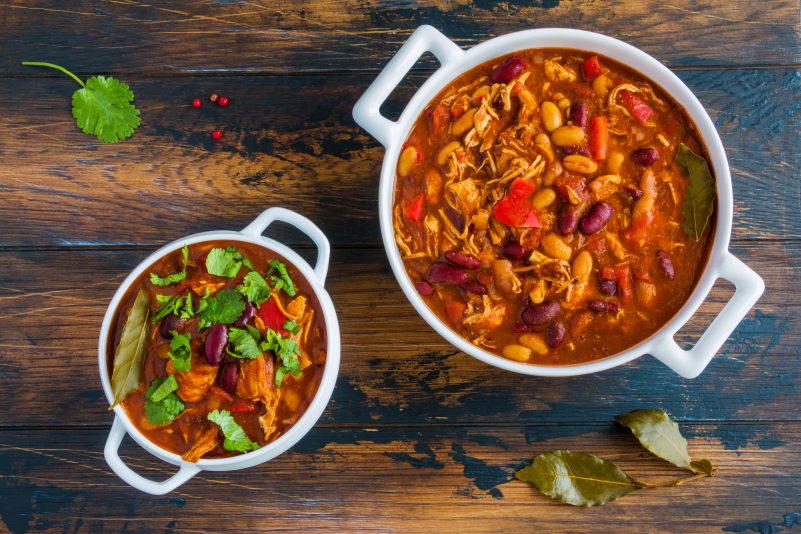
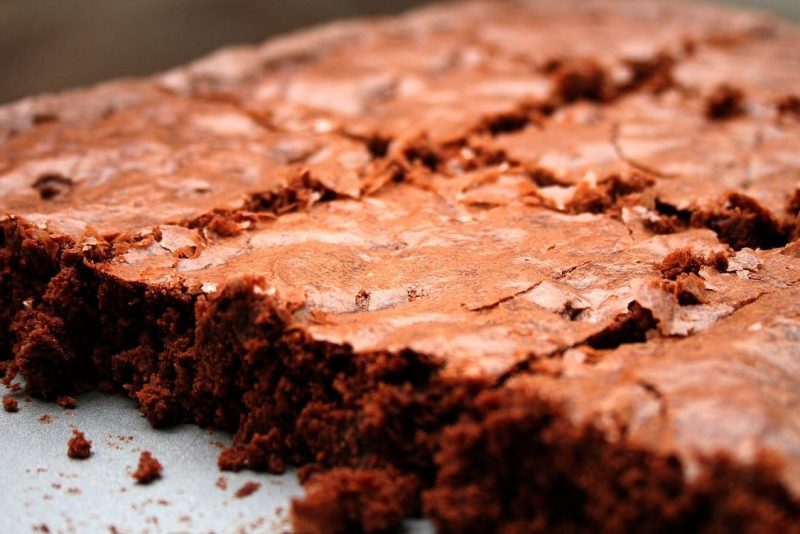

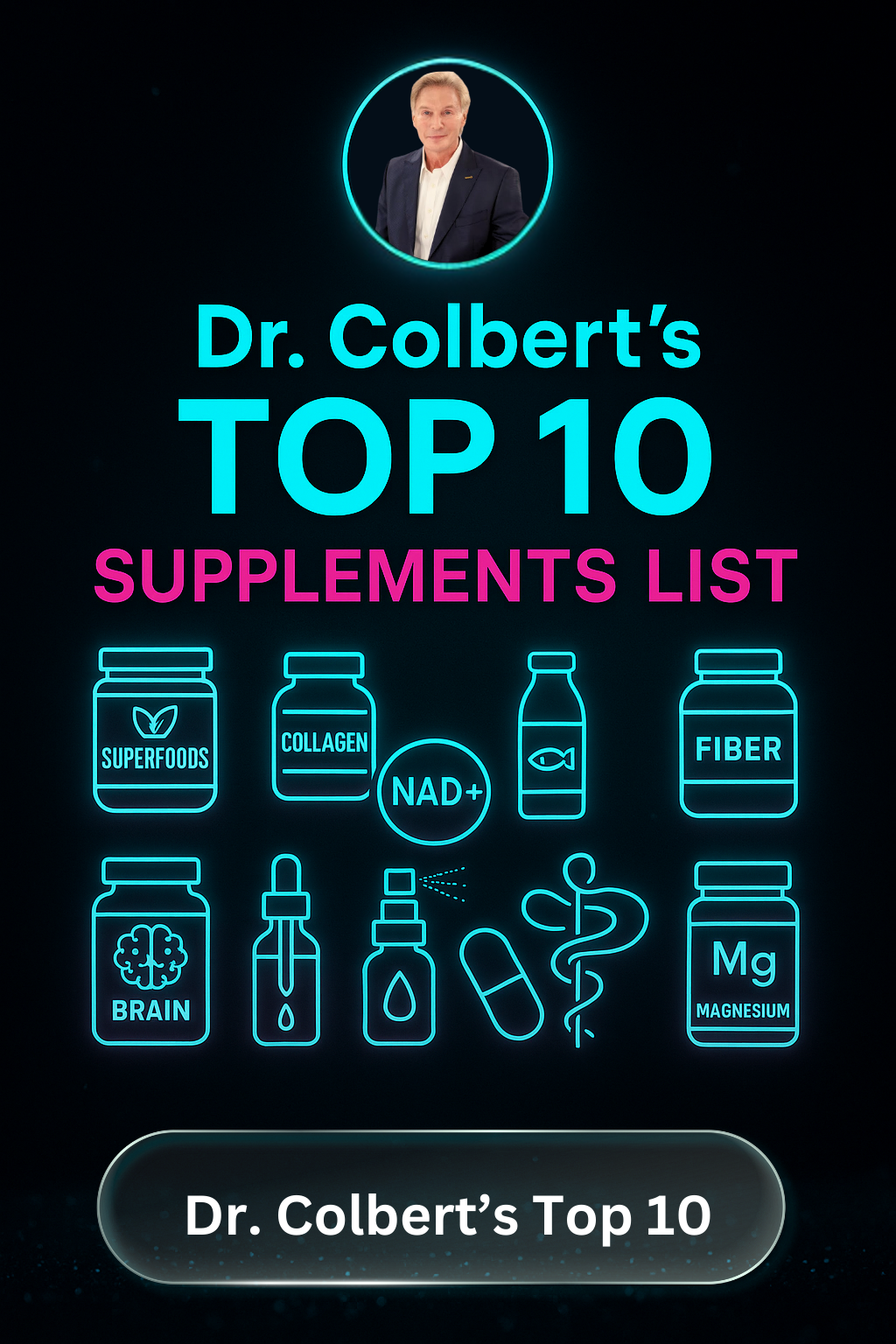





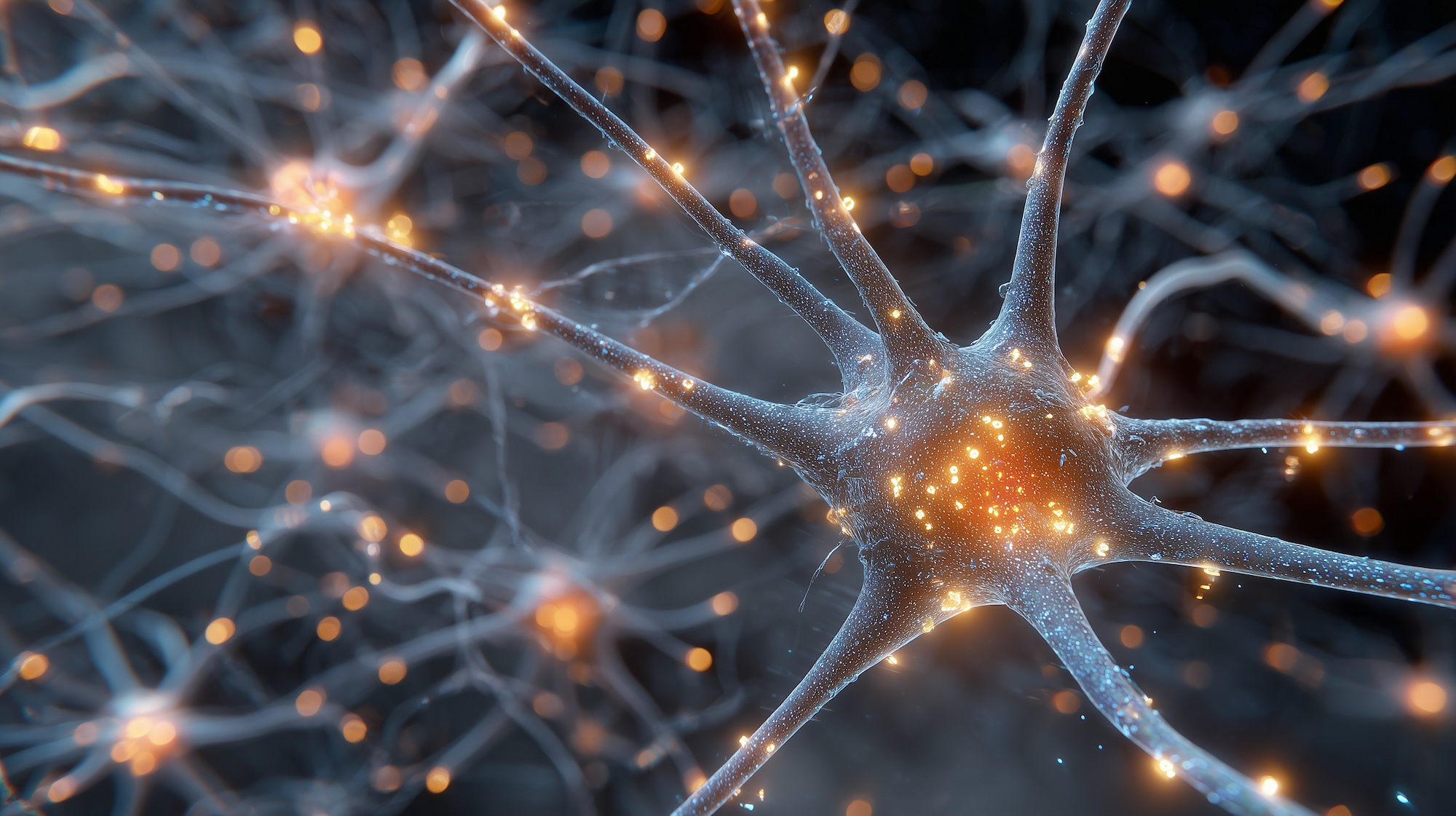





It’s so important to remember gaming should be fun, not a source of stress. Seeing platforms like pokebet88 vip focus on playful design and security is a good sign – a bit of nostalgia can be a nice escape! Let’s all gamble responsibly. 😊
Dice games are so much fun – the strategy is fascinating! I’ve been checking out pokebet88 com and their playful design is a nice change of pace. Seems like a great way to enjoy some casino games! 😄
Been playing on 23win08 lately. Nothing spectacular, but it gets the job done. The payouts are alright. Worth a look if you’re searching for something new. Here’s the link: 23win08